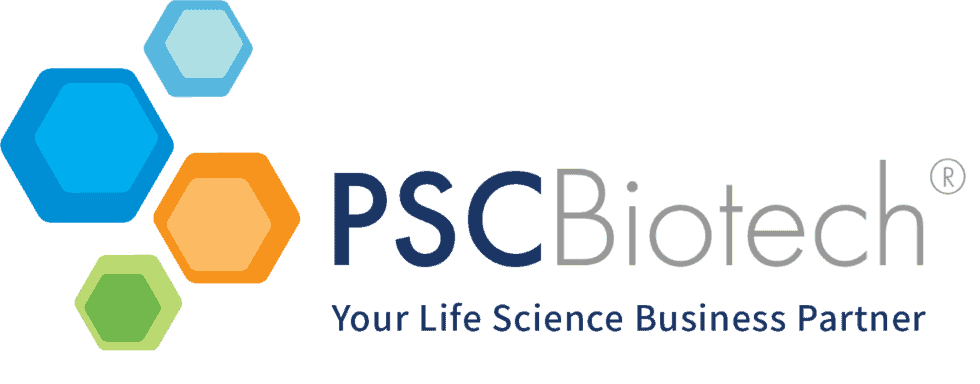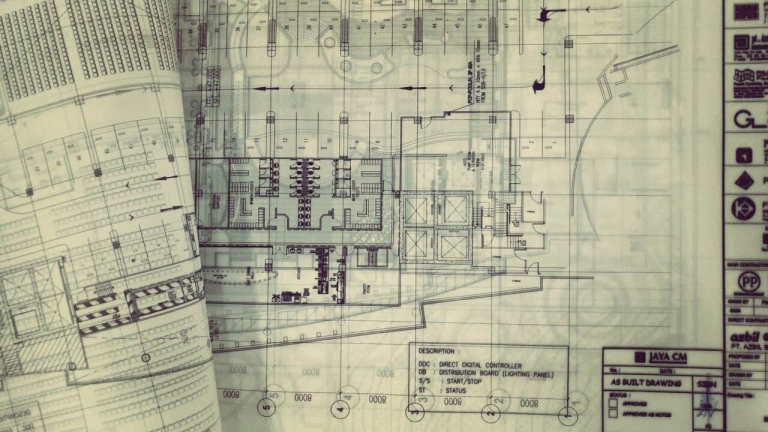The impact of computer software on Biotech and medical industry is immense. Thanks to the advanced technology, we can rely on computer software to design experiments, interpret data, store data, and provide results. There are several types of software, including product specific software, laboratory management software, and software for bio-imaging. When it comes to considering new Computer Software for Biotechnology, it is highly important to investigate its compatibility of operating systems, drivers, and instrument components. Computer software can go outdated quickly, so look for its ability to upgrade.
The IT department in an institution may need a consultation to integrate new technology into laboratory information systems. It would be beneficial to look for the companies that provide friendly technology support to help you get your new system up as well as running.
Biotechnology Software in the Digital Age
The digital revolution has taken place everywhere, and biotechnology companies have also adapted it. There are a number of pharmaceutical, biotechnology, and industrial bio-production companies believe that computer software must be developed and maintained in-house so that the data can be safely stored on their internal servers than on the cloud. In fact, most of the reputed companies continue to employ large IT and software teams in order to obtain computational infrastructure in the form of in-house servers. This is because of the fear of the cloud not appropriately protecting their in-house resources and the belief that their software is precious IP.
Over the past years, the ability to adapt to the changing conditions of the market will become a compelling competitive benefit. Biotechnology companies that do not adapt to the new changes may lose on key business metrics, including capital, revenue, profitability, and market share as well.
Biotechnology – Introduction
Biotechnology is an industry prime for disruption for several reasons, including
- It is growing frequently with rapid IPO activity, which makes a market entrance for small start-ups with venture capital backing a high probability.
- The tools and techniques are highly advanced with the price of reading as well as writing DNA falling faster than Moore’s law predicts.
- Rising levels of investment in biology bring the size of Series B rounds to $50 million. It allows small companies to enter the space with completely automated laboratories as well as production capabilities.
- It increases the availability of affordable infinite computing capacity that removes the need for expensive, on-site infrastructure.
Software in Research & Development groups is covering behind the existing technology landscape. Industries employ smart people, pay them money, and provide poor tools to meet their design work. In many cases, a scientist works the applications that are less innovative, less protected, and deliver an inferior user experience as compared to the applications this same scientist can provide with advanced tools and technology. Talking about biotechnology, operations in most large and even small biotech companies are fully automated pipeline. Computer-aided manufacturing (CAM) for biology is solved.
The level of automation in the pharma laboratory matches advanced manufacturing facilities like those in the automotive world, and they can get the advantage from software advances in the computer-aided manufacturing world for over 40 years. Instead of developing software in-house, companies prefer to use off-the-shelf design and infrastructure management software for their automated lab designs and their factories as well as production centers. In addition to the biotech industry, just as all industries will be computer software over the next decades. And, they may not end up with data leaks, massive and expensive software teams, scientists, and senior management team wondering how they lost.






